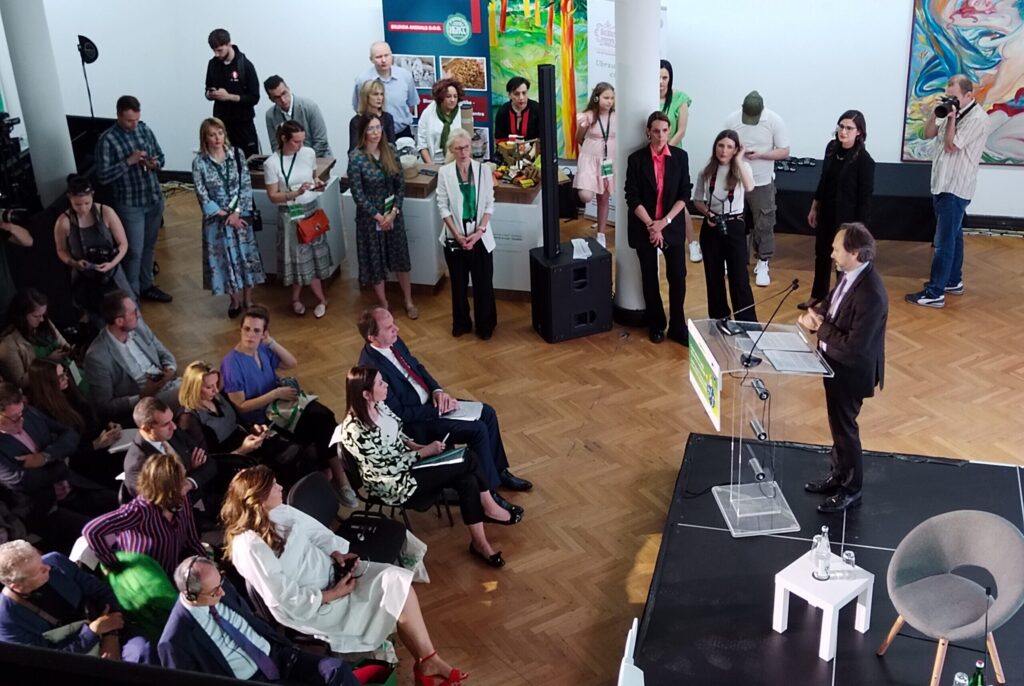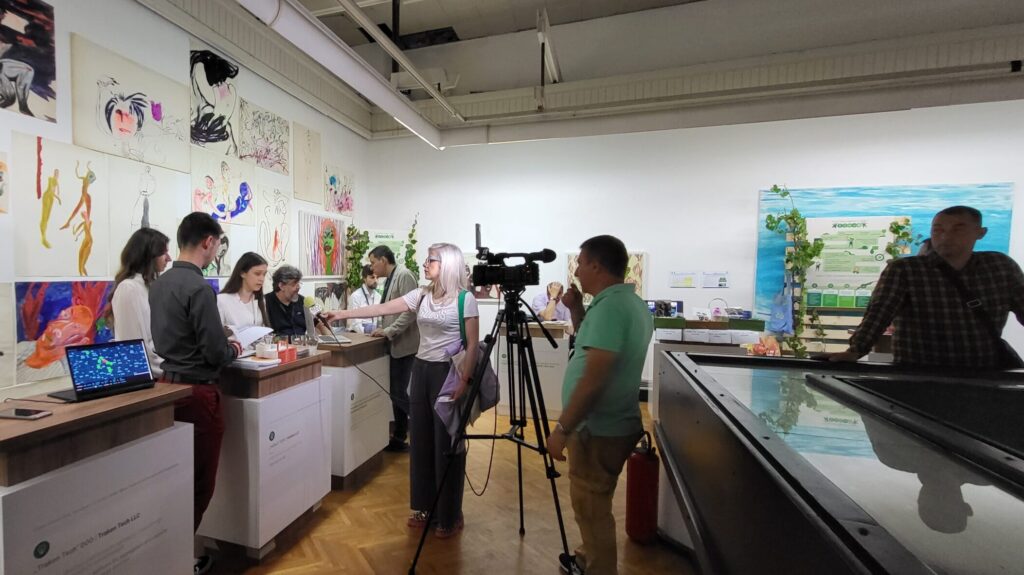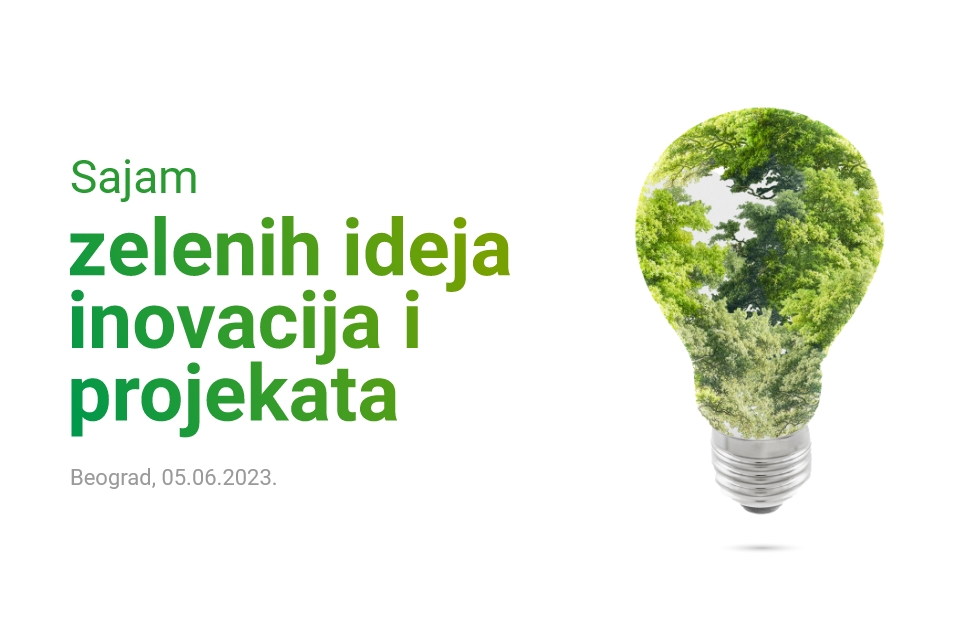At the Fair, the company “Heliant” presented the project “Telemedicine for inflammatory bowel diseases”, developed in cooperation with the Japanese company “Takeda”. The UNDP has recognized it as an innovative project that contributes to decarbonization and a fair green transition in Serbia.
The United Nations Development Program (UNDP) and the Ministry of Environmental Protection, together with their partners, organized the “Fair of Green Ideas, Innovations and Projects” in the Art Pavilion “Cvijeta Zuzorić”, on the occasion of June 5, World Environment Day.

The fair was opened by the Minister of Environmental Protection, Irena Vujović, and the Head of the Delegation of the European Union in Serbia, Emanuele Giaufret. This was how the European Green Week started, which will be held until June 11 at 20 locations throughout Serbia.
Visitors to the fair, including representatives of the business and banking sector, relevant institutions, international donors and the Government of the Republic of Serbia, could see the best innovative ideas for the green transformation of the Serbian economy that have been implemented to date.

The company “Heliant” presented the project “Telemedicine for inflammatory bowel diseases”, developed in cooperation with the Japanese company “Takeda”. The UNDP recognized it as an innovative project that contributes to decarbonization and a fair green transition in Serbia. It was implemented in CHC Zvezdara. The project was supported by the Government of Japan and the Ministry of Health, the Ministry of Environmental Protection and the Ministry of Mining and Energy of the Republic of Serbia. As part of the project, Telemedicine was expanded to the national level by implementing the solution at 7 IBD centers: UKC Serbia, KBC Dragiša Mišović, KBC Bežanijska Kosa, IZZDOV Novi Sad, UDK Tiršova, as well as UKC Niš and UKC Kragujevac.
More than 40 authors of green solutions from the private and public sector, civil society organizations, research institutions and local government representatives participated. They answered visitors’ questions about the development of their innovations, from ideas to successful projects that contribute to the reduction of greenhouse gas (GHG) emissions, the transition to renewable energy sources, the reuse of waste to obtain new products, the improvement of air quality and the preservation of biodiversity.

